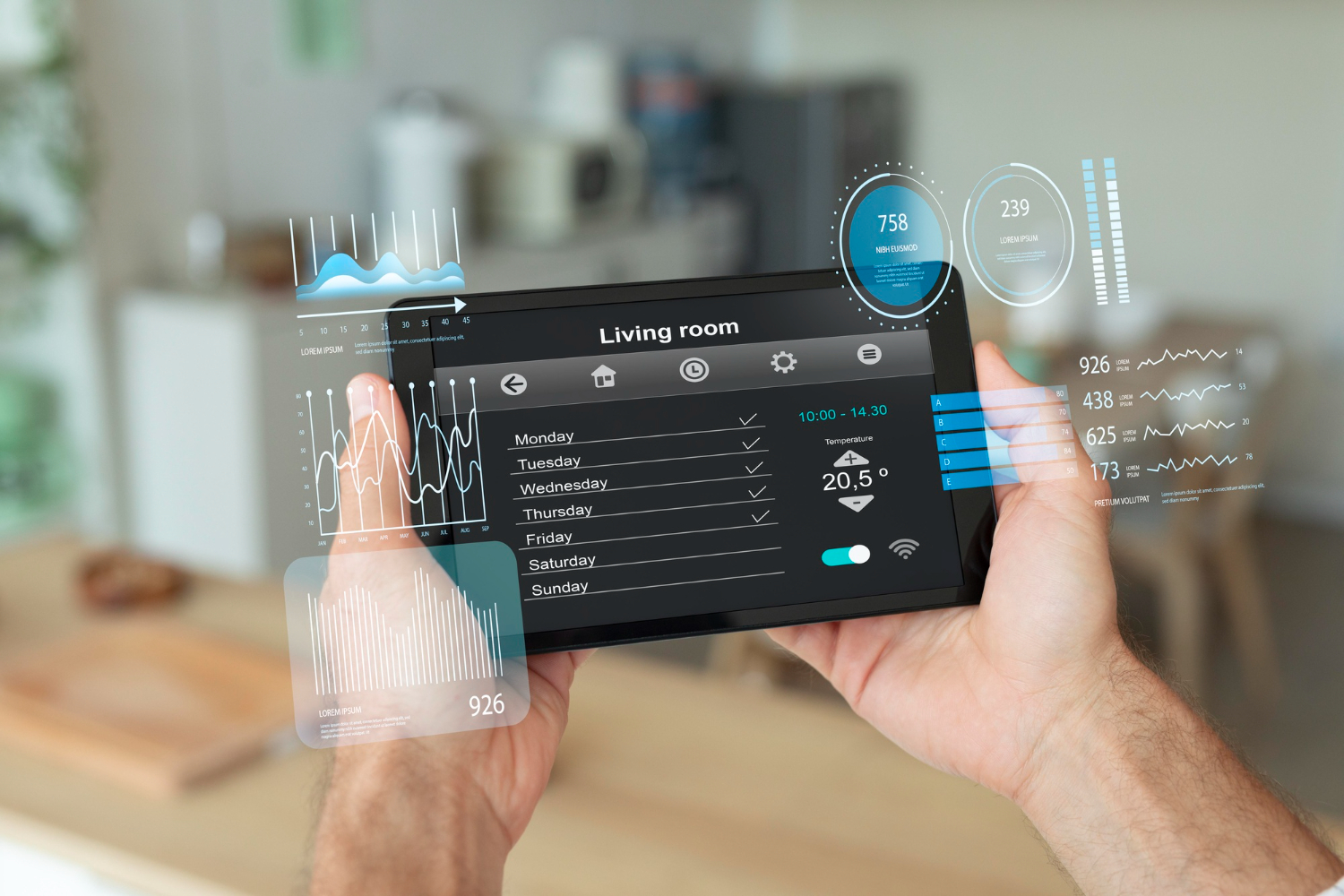Why This Matters Now
With the rapid expansion of Internet of Things (IoT) devices in
homes, industries, and critical infrastructure, securing these
endpoints has become more crucial than ever. IoT devices often
lack robust security, making them prime targets for attackers
seeking entry into larger networks.
What Is Iot Device Security Testing?
In IoT security, vulnerability and penetration testing involve
simulating attacks on connected devices to identify insecure
communications, weak authentication, outdated firmware, and data
exposure. These tests reveal how easily IoT devices can be
compromised and help prevent real-world exploitation.
Our Step-by-Step Approach
-
Device Discovery - Identify all IoT devices connected to your
network, including shadow or rogue devices.
-
Firmware & OS Analysis - Examine device firmware for backdoors,
hardcoded credentials, or outdated components.
-
Communication Security - Test data transmissions for encryption,
interception risks, and protocol weaknesses.
-
Physical Interface Testing - Assess USB, JTAG, and UART
interfaces for unauthorized access or debugging ports.
-
Access Control Evaluation - Check for default credentials, poor
authentication mechanisms, and privilege escalations.
-
Exploit Simulation - Perform targeted attacks to evaluate device
resilience and identify critical security flaws.
Key Benefits
-
Protect networks from being breached through vulnerable IoT
devices
-
Ensure compliance with IoT security frameworks and regulations
-
Detect insecure device configurations and data leakage paths
-
Strengthen firmware and communication security of embedded
systems
-
Reduce risks of botnet recruitment and large-scale attacks
"Every connected device is a potential door for attackers —
testing IoT security is no longer optional, it’s essential."
— Nathan Ruiz, IoT Security Specialist
